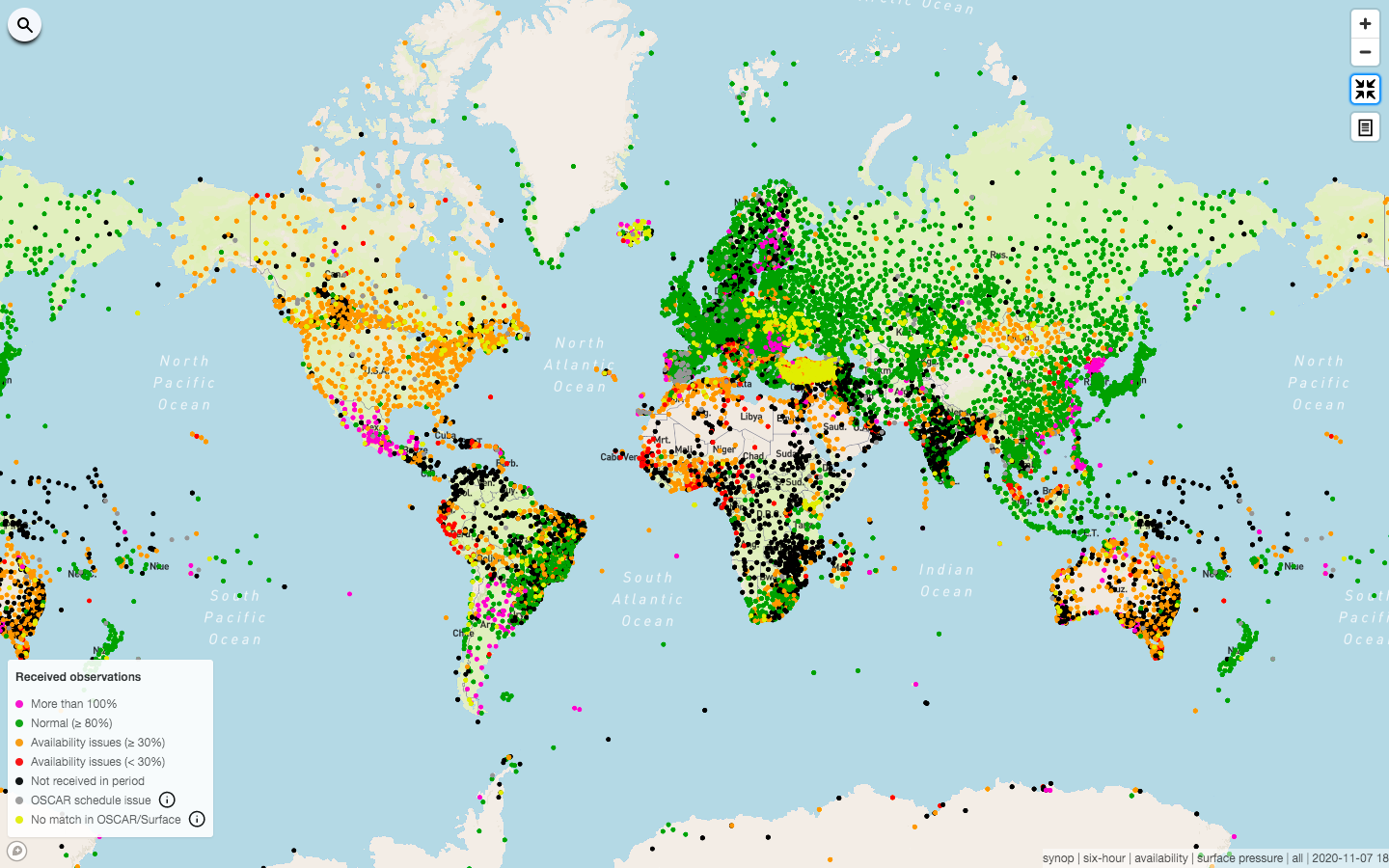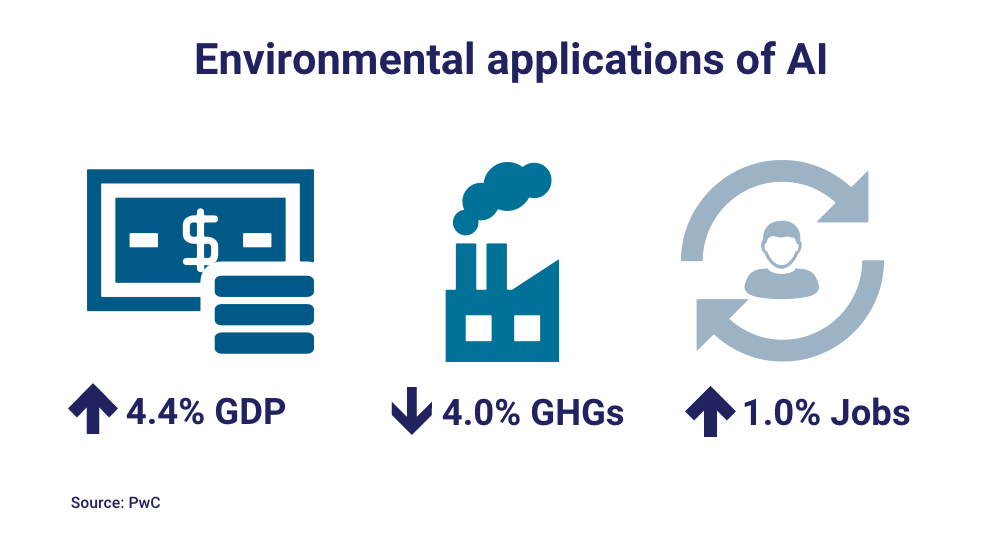Today, digital and environmental issues are prominent public policy topics worldwide. Yet, this is by no means an issue of modern times.
In 1853, the Brussels maritime conference, held in Brussels at the initiative of US Navy Lieutenant Matthew Fontaine Maury, was tasked with out to establish ‘a uniform system of meteorological observations at sea’. The conference set out the international maritime standards and called for the sharing of data on oceans. In order to exchange information, the participants of the conference decided to use the Morse code that was developed 10 years prior to the event in Brussels. Since then, technology has evolved. Radio and fax have been replaced by computers, but the challenges have remained similar throughout time. Since the 19th century, the International Meteorological Organisation, and later on, the World Meteorological Organization (WMO) has coordinated a global system for collecting, processing and using data. Meteorological data flew across the national border at the peak of the Cold War back in the 1960s.
Today, the WMO system coordinates more than 10.000 land, sea and air-based observation stations that enable the collection of vast amounts of weather-related data.
Click on the map for latest updates.
They collect real-time data and share it worldwide for weather forecast and climate projections. Also, through numerical analysis, the WMO became a pioneer in developing algorithms and other artificial intelligence (AI) based applications a long time before this topic gained in prominence. A lot can be learned on data and AI from a unique system run by WMO, which quietly runs and supplies us with vital insights ranging from evening weather forecasts to projections on global warming.
Other initiatives that combine technology and the environment can also be observed within other international bodies. To illustrate, in January 2020, the International Telecommunications Union (ITU) issued recommendation ITU-T L.1470 (01/2020) entitled ‘GHG emissions trajectories for the ICT sector compatible with the UNFCCC Paris Agreement’. The recommendation developed in collaboration with GeSI, GSMA and SBTi provides trajectories to ICT companies in relation to reduction of greenhouse gas (GHG) emissions in order to meet the targets outlined during COP21. Additional specificities on the trajectories are set out in a document – ‘Guidance for ICT companies setting science based targets’- that accompanies the recommendation.
Staying within the global context, the recent addition of environmental sustainability as a working track within the Internet Governance Forum (IGF) also marks an effort to address digital and environmental questions together.
The EU and its European Green Deal also interlinks policy efforts on digital technologies and the environment. Among other things, it highlights that the EU Commission ‘will explore measures to ensure that digital technologies such as artificial intelligence (AI), 5G, cloud and edge computing, and the Internet of Things (IoT) can accelerate and maximise the impact of policies to deal with climate change and protect the environment’. The deal also announces the adoption of the European Industrial Strategy that will specifically tackle the ‘twin challenges of the green and the digital transformation’.
Similarly, the recently published communication ‘Shaping Europe’s digital future’ addresses the interplay between tech and the environment by underlining that tech can ‘support the decarbonisation of all sectors and reduce the environmental and social footprint of products placed on the EU market’.
Digital technology is not necessarily good or bad and it has both a direct and an indirect effect on the environment. The bright side is that digital technology such as AI, big data, IoT, and blockchain is revolutionising our approach to conservation of biodiversity, clean energy development, and the management of natural disasters.
Studies – including a publication by the International Telecommunications Union (ITU) entitled ‘Turning digital technology innovation into climate action’ – are not short on analysis and recommendations for the eco-friendly application of digital technology.
The opportunities of digital technologies have also been explored in the context of the circular economy, namely how artificial intelligence (AI), 3D printing, and other emerging technologies could facilitate the transition from the current linear economic model towards a more responsible one. For instance, augmented reality can help repair rather than replace damaged products while AI can accelerate the development of new circular products that are free of dangerous chemicals and materials, and optimise infrastructure so as to ensure a circular flow of product. In other words, digital technologies can help boost the economy and increase resource efficiency while reducing waste.
To illustrate, research conducted by PwC on ‘How can AI enable a sustainable future’ shows that the use of AI technologies in the context of environment can have a positive effect positive effect on the global GDP, CO2 emissions as well as net employment as illustrated below.
Staying within the lines of sustainability, a GeSI report explores how a ‘more informed and purposeful deployment of digital technologies can catalyse’ environmental action. It predicts that ICTs will have the potential to reduce greenhouse gas (GHG) emissions by 20% by 2030 which is, nonetheless, short of the 45% required in order to comply with the objectives set out in the Paris Agreement. That said, much hope is placed in AI and big data.


